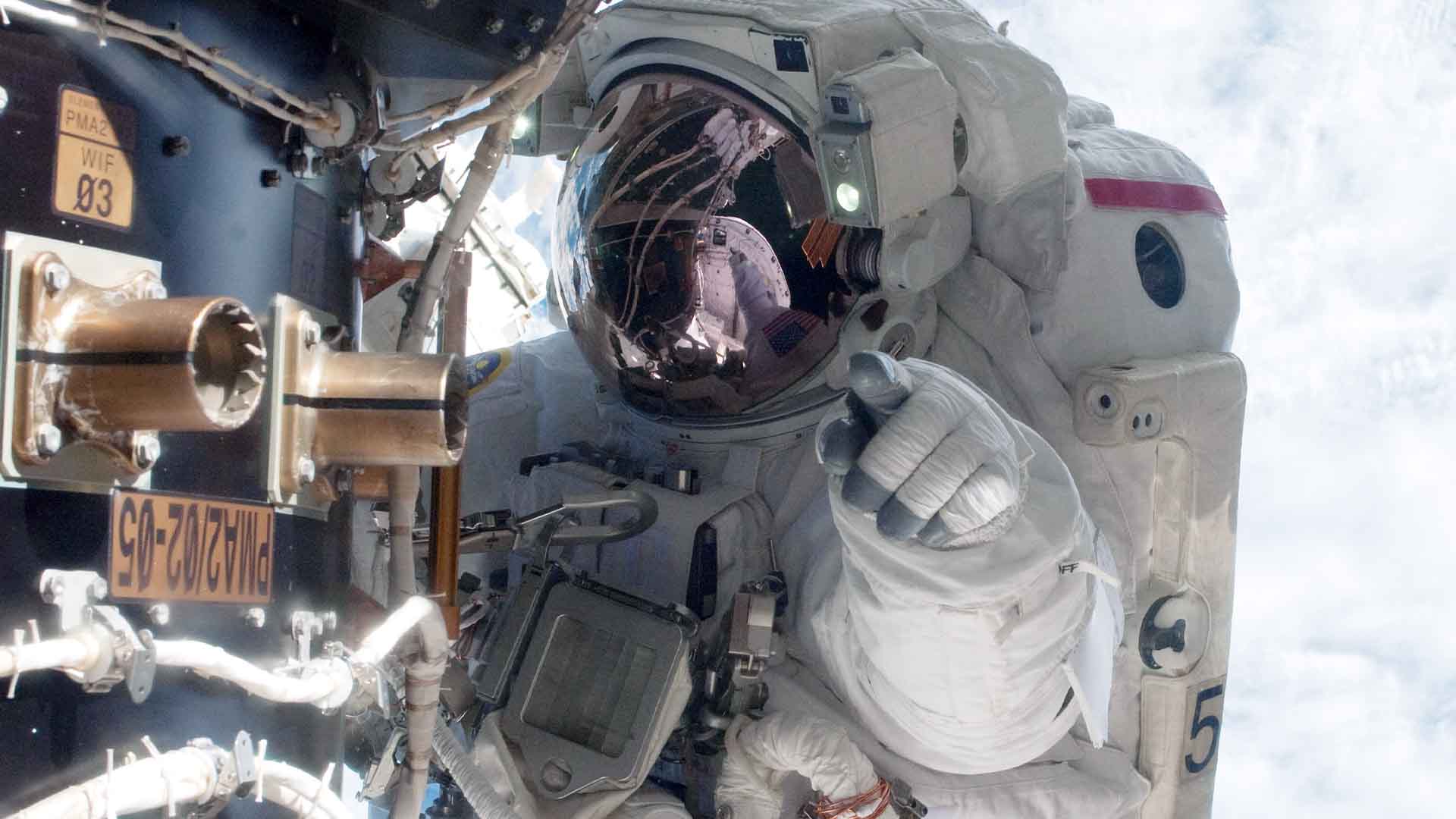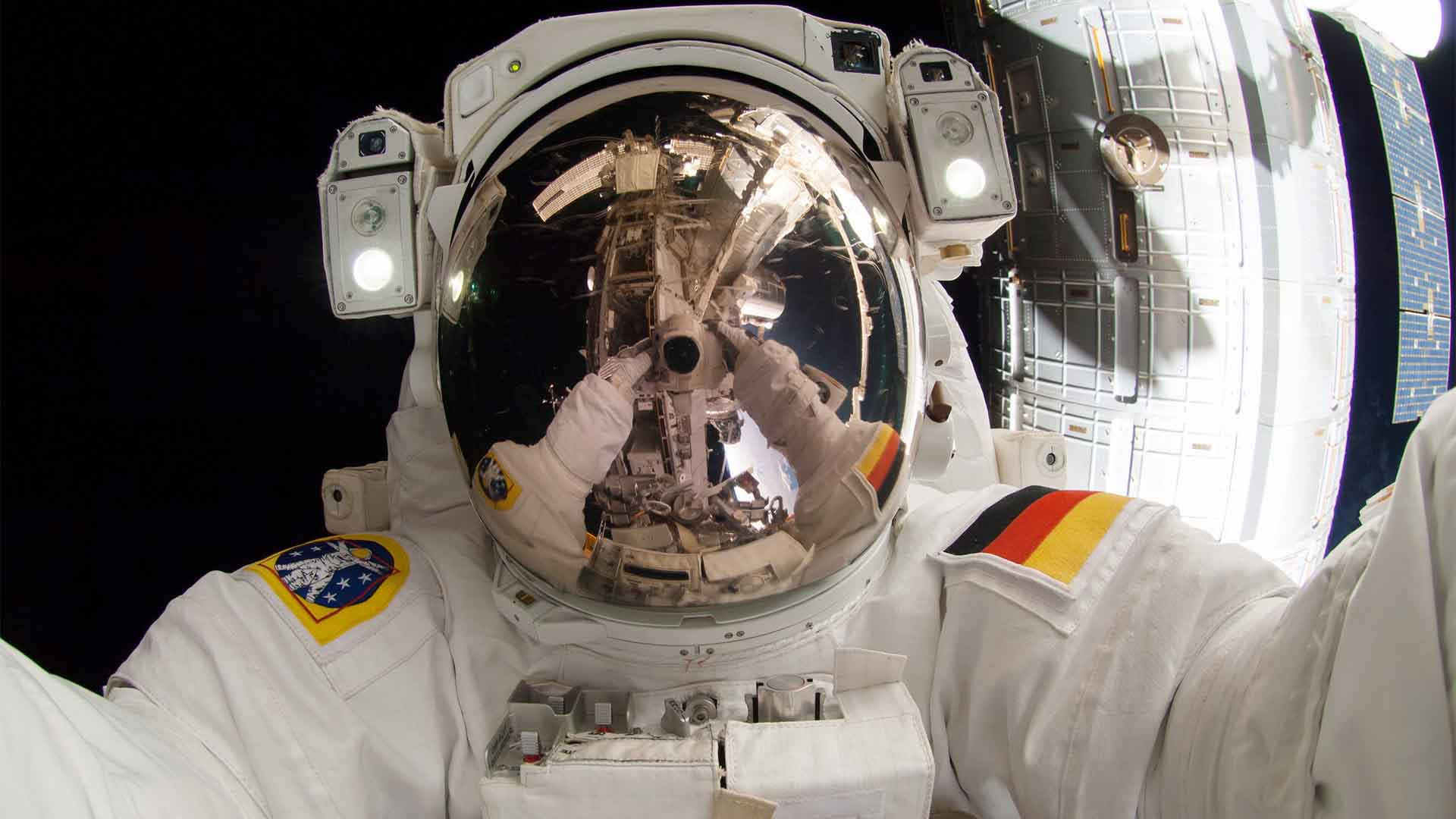Simulated Mars Mission Ends as NASA Crew Emerges from Yearlong Isolation
After a year in isolation, the NASA crew has finally emerged from their simulated Mars mission. This groundbreaking experiment aimed to study the psychological and physiological effects of long-term space travel.
Conducted at the Johnson Space Center, the mission was crucial for future Mars expeditions.
The Simulated Mars Habitat
The crew lived in a 1,700-square-foot habitat, designed to mimic the conditions on Mars. The habitat included sleeping quarters, a kitchen, a work area, and a simulated Martian landscape for EVAs (extravehicular activities).

Source: Wikimedia
This setup helped researchers study how astronauts would cope with living and working on Mars.
Crew Selection and Training
The selection process for the mission was rigorous, with thousands of applicants vying for a spot. The final crew consisted of four individuals with diverse backgrounds in science, engineering, and medicine.

Source: NASA via Getty Images
They underwent extensive training to prepare for the physical and mental challenges of the mission.
Daily Life in Isolation
Daily life in the habitat was carefully planned and structured. The crew followed a strict schedule, balancing work, exercise, and leisure time.

Source: Wikimedia/Canva
They conducted scientific experiments, maintained the habitat, and communicated with mission control, much like they would on an actual Mars mission.
Psychological Challenges
Isolation and confinement posed significant psychological challenges. The crew had to manage stress, maintain morale, and work through conflicts.

Source: Lisa Yount/Unsplash
Regular communication with psychologists and support from mission control played a crucial role in maintaining their mental health.
Scientific Research
The mission provided valuable data on various aspects of space travel. Researchers studied the crew’s physical health, including bone density, muscle mass, and immune function.

Source: Wikimedia
Psychological assessments focused on mood, stress levels, and cognitive performance.
Communication Delays
One of the unique aspects of the mission was the implementation of communication delays. Simulating the time it would take for messages to travel between Earth and Mars, the crew experienced up to 20-minute delays in communication with mission control.

Source: Wikimedia
This tested their ability to make decisions autonomously.
Simulated Mars Walks
The crew performed simulated Mars walks, known as EVAs, in the habitat’s exterior area. These activities were crucial for testing the suits, equipment, and protocols that will be used on Mars.

Source: NASA via Getty Images
The data collected from these simulations will help improve future mission designs.
Nutrition and Food Supply
Nutrition was also a critical component of the mission. The crew relied on a combination of pre-packaged space food and fresh produce grown within the habitat itself.

Source: Freepik
This experiment tested the feasibility of growing food on Mars and its impact on the crew’s health and morale.
Lessons Learned
The mission provided numerous insights into the challenges of long-duration space travel.

Source: ESA/Wikipedia Commons
Lessons learned include the importance of mental health support, the need for autonomy in decision-making, and the effectiveness of habitat design. These findings will inform future Mars missions.
Future Implications
The success of this mission brings NASA one step closer to sending humans to Mars. The data collected will help improve mission planning, habitat design, and astronaut training.

Source: Freepik
Ultimately, the goal is to ensure that future Mars missions are safe, efficient, and successful.
Celebrating Progress
As the crew steps out of isolation, the world celebrates this milestone in space exploration. Their experiences and the knowledge gained from this mission will pave the way for humanity’s journey to Mars.

Source: Mathew.vargheese/Wikimedia Commons
This mission marks a significant achievement in our quest to explore the Red Planet.
